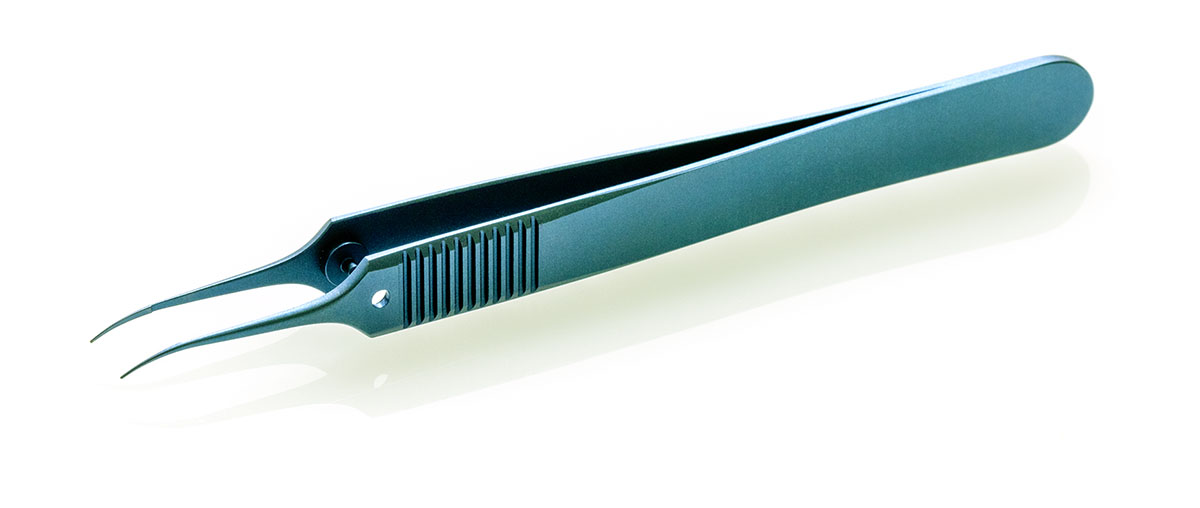titanium instruments
Disposable is past history
HHigh-quality instruments should last a long time. That is sustainable and, over the long-term, cost-effective. Since powerful acids are used in clinics, especially for pre-cleaning, and since these are very aggressive to the surface patina of normal stainless steel instruments, there is a growing trend towards titanium instruments.
Compared to steel, a titanium instrument is first and foremost much lighter. A titanium instrument only weighs 20% of its stainless steel counterpart. Not only that, but this material also looks better: Titanium is easy to color and that makes these instruments easier to identify. In particular, their resistance to acid explains why this valuable metal is enjoying an irresistible rise in popularity in hospitals.
For the user, titanium is quite simply the better material, while for the manufacturer, it is much more difficult to work with. Especially in the manual machining of titanium, challenges arise that are not easy to resolve. Titanium heats up rapidly, so while being ground, it cannot be held in the hand for very long at all. This material is also very idiosyncratic when being machined. Compared to flexible stainless steel, titanium quite literally tears the teeth off machining tools.
The price is therefore driven by the higher cost of this raw material as well as by the cost of the machining process. A titanium instrument can cost anything from twice to four times the amount of a classic stainless steel instrument. While performing precisely the same function. However, despite its higher price tag, the victory march of titanium has really only just got started.

